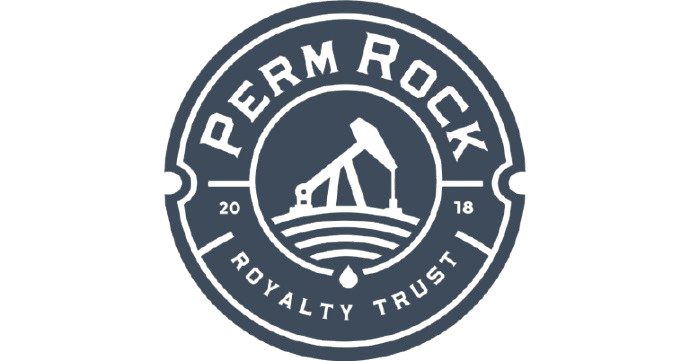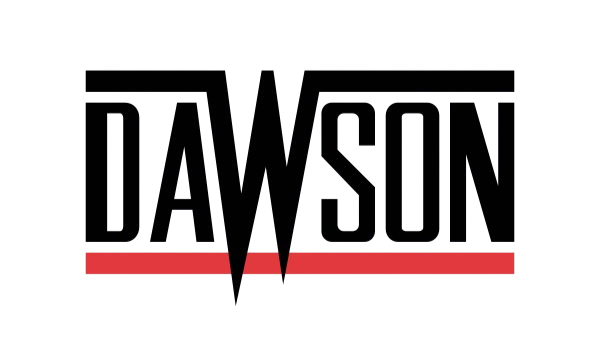
Avoid Over-Specifying Your Wiring Harness: Engineer-Approved Cost-Saving Tips
1. Understand the Real-World Requirements
Not every wire harness requires PTFE insulation rated for temperatures up to +260°C or EMI shielding designed for aerospace applications.
If your product runs in a low-stress, indoor environment, basic yet compliant materials like PVC or XLPE insulation are not only sufficient but also cost-effective. Celestix Industries helps customers assess application-specific requirements before finalizing specifications.
Key Insight: Match specs to actual conditions such as temperature, vibration, and moisture. Over-designing adds cost without boosting safety.
Pro Tip: Evaluate exposure to UV, oil, and cleaning chemicals. A simple switch to XLPE or silicone insulation may offer better lifecycle value in industrial settings without the high cost of PTFE.
2. Choose the Right Conductors
While silver-plated copper is excellent in high-frequency aerospace circuits, most automotive and industrial harnesses perform optimally with tinned copper — a reliable, corrosion-resistant, and affordable option.
For EV and transportation clients seeking lighter alternatives, Celestix offers aluminum-based high-voltage wiring harnesses that reduce weight while meeting IEC/UL standards. Each choice is validated in our in-house lab using pull-force and resistance testing.
Reminder: When selecting a conductor, consider factors such as conductivity, weight, thermal performance, and compliance.
Additional Note: Hybrid conductor systems (e.g., copper-aluminum combinations) can offer targeted savings for long cable runs in electric buses or heavy machinery, where both cost and weight are important considerations.
3. Re-Evaluate Shielding and Overmolding
EMI shielding and overmolded cable assemblies are critical in some cases — but often overused.
Celestix audits reveal that many harnesses can switch from braided shielding to twisted-pair cables or eliminate overmolding altogether without functional loss.
Result: Material costs can drop 15–25%, and assembly time improves. At Celestix, we use data from real-world testing to recommend only what your application genuinely needs.
Engineering Benchmark: For consumer electronics, twisted-pair cabling with proper routing and spacing offers sufficient EMI protection in 85% of cases. In such situations, braided shielding may be redundant.
4. Avoid Niche or Proprietary Connectors
Custom connectors can seem appealing, but often cause unnecessary supply chain bottlenecks and tooling costs.
Whenever possible, use standard families like Molex, TE, or Delphi. These offer global availability, volume-based cost savings, and excellent compatibility across platforms.
Note: Celestix supports private labeling for OEMs needing branding without altering connector families.
Real-World Risk: Proprietary connectors can delay production by up to six weeks due to retooling or limited availability. Standardization prevents these pitfalls.
5. Collaborate Early with Your Manufacturer
Early collaboration with your harness partner can lead to significant savings and improved reliability. Celestix offers:
CAD-based design support
Material substitution analysis
Prototyping within 1–2 weeks
IPC/WHMA-A-620 certified workmanship
Engineering Insight: Collaboration isn’t just about sharing blueprints—it’s about co-engineering efficiency. Involving Celestix during the design phase helps identify redundant materials, streamline component choices, and minimize risk before production begins. Our engineers focus on:
Optimize wire gauge to prevent excessive copper consumption.
Connector mapping to eliminate duplicates and reduce assembly time.
Material substitution opportunities to improve flexibility and temperature resistance.
Testing simplification to align validation with real operating conditions.
By applying our Design-for-Manufacturability (DFMA) and Lean harness engineering principles, clients often achieve 20–30% cost reductions while maintaining all ISO and IPC compliance standards.
Collaboration Tip: Even after design finalization, our team can suggest cost-saving substitutions for wire gauges, terminal types, or routing strategies that maintain compliance and performance.
6. Build with Flexibility in Mind
Designing for modularity and assembly efficiency significantly reduces long-term costs. Consider the following:
Modular sub-assemblies – Enable faster production, testing, and servicing.
Color-coded and labeled wires – Minimize errors during final assembly.
Standardized wire gauges – Simplify inventory management and procurement.
Flexible routing and bend radius – Avoid unnecessary overbuilds for low-risk conditions.
Expert Tip: Designing for flexibility reduces tooling costs and supports future upgrades. Modular harnessing enables quick adaptations when specifications or compliance standards change — crucial for OEMs scaling global production.
Quick Reference: Over-Spec vs Right-Spec Comparison Table
Engineer's FAQ: Smarter Spec Decisions
Still unsure about right-sizing your specs? These FAQs address everyday decisions engineers face in real projects.
Q1: When is IP67 enough for an EV harness?
A: If the harness is inside sealed modules or cabin areas, IP67 is sufficient. Use IP69K only for underbody or exposed routing where water jets or debris are present.
Q2: Can I down-gauge wire to save weight?
A: Yes — with accurate current derating. Always account for ambient temperature, conductor type, and voltage drop limits. Celestix engineers utilize a TCO wiring harness calculator to strike a balance between cost and safety.
Q3: What’s the difference between Class 2 and Class 3 IPC harness builds?
A: Class 2 suits general industrial use, while Class 3 is for mission-critical systems (aerospace, defense, medical). Class 3 demands stricter inspection and material standards, often unnecessarily inflating costs for non-critical systems.
Q4: Is HALT testing necessary for industrial harnesses?
A: Not always. For non-critical systems, HALT can be excessive. Focus instead on continuity, pull force, and environmental testing, unless regulatory requirements specify otherwise.
Q5: How does Celestix ensure quality while optimizing cost?
A: Through multi-layer quality control—beginning with supplier verification and in-process inspections to final 100% continuity checks. Each batch is traceable, certified, and compliant with IPC/WHMA-A-620, IATF 16949, and ISO 9001 standards. This ensures cost optimization without compromising safety.
Summary: Precision Beats Overkill
True reliability comes from optimized, not excessive, design. Over-specifying:
Wastes budget
Slows delivery
Increases sourcing risk
Adds complexity to assembly and servicing
Celestix Industries is a Pune-based, ISO-certified custom wiring harness manufacturer with global reach, scalable production, and 100% in-process and final QC. We support automotive wiring harness, overmolded cable assemblies, and high-voltage wire harness programs for clients who demand quality without compromise.
Contact Us
Email: info@celestixindustries.com
Celestix Industries – Trusted. Tested. Tailored.








